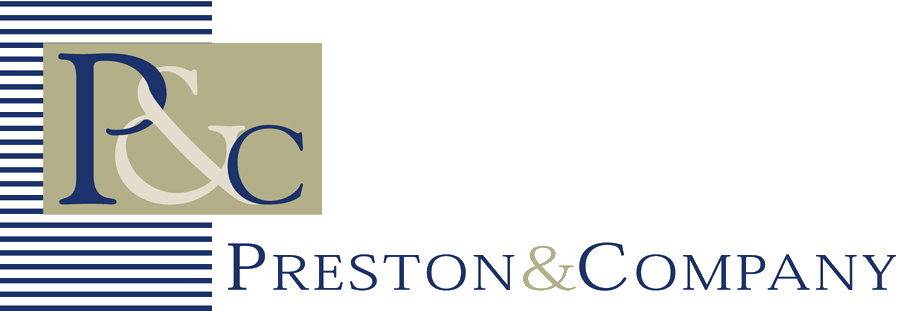In our latest blog post, we covered a few of the more practical ways companies can promote diversity and inclusion.
Far from being merely a reactionary response to an increased national focus on diversity and inclusion in the workplace, having a diverse workforce has become a competitive necessity.
As reported in multiple studies, companies with higher than average diversity metrics:
- Report 19% higher revenue
- Reap 2.3 times higher cash flow per employee over three years
- Are 45% more likely to report that their firm’s market share grew over the previous year
Too often, though, organizations focus only on acquiring diverse talent and ignore the two most important aspects of creating a diverse and inclusive workforce: retention and mentoring.
Retaining and mentoring diverse employees
To their great disadvantage, organizations can often pour significant time and resources into attracting and acquiring diverse employees without putting comparable time and resources into the much more nuanced and essential effort of retaining them.
One of the key characteristics of organizations that have a genuinely diverse and inclusive workplace is the existence of employee resource groups or ERGs. ERGS are employee-led groups focused on fostering a diverse, inclusive workplace and identifying and executing strategies to support it.
For example, organizations can have LGBTQ, female-focused, and cross-generational ERGs focused on educating employees on the differences, highlighting the strengths, and supporting the inclusion of certain groups.
Having multiple ERGs that employees can volunteer to participate in can help engender inclusion and belonging and drastically improve diverse employees’ retention rates.
A part of the reason having multiple ERGs available is so successful regarding retention is that employees crave a work environment where they are encouraged to be their true, authentic selves, according to Accenture’s well-documented study. Company-wide solidarity and support demonstrated through employee resource groups help foster an environment where individual authenticity is encouraged.
Helping employees obtain mentorship opportunities is another way in which organizations can provide continued engagement, thus helping ensure healthier retention rates, according to the Harvard Business Review.
Women and underrepresented minorities consistently report valuing mentorship as a key part of their career development, but often cite the difficulty of identifying mentoring opportunities. Organizations must ensure they put action towards establishing effective mentorship programs for their diverse employees. One way to help support their employee’s career development is to help them identify potential mentors in their networks or introduce them to mentors in their own networks.
Furthermore, it isn’t just the mentee that stands to benefit mentorship, but also the mentor. Consider developing a systemic peer-to-peer mentorship program within your organization to provide employees with opportunities to continually engage with one another, functioning as both mentees and mentors. A free, open environment where employees are encouraged to help one another and strengthen their working relationships can drastically improve the feeling of inclusivity and belonging within an organization.
Diversity goals can’t simply be achieved and sustained once the hires have been made; consistent, structured support is critical to creating a diversity-friendly environment that lasts.
Preston & Company
As a premier search and placement firm for the financial community, we’re passionate about connecting diverse talent with meaningful jobs.
At Preston & Company, our greatest asset is our people. With extensive backgrounds in financial disciplines, our staff has the experience necessary to attract and discern the highest quality candidates at any level.
Contact us today for all your financial employment needs!




